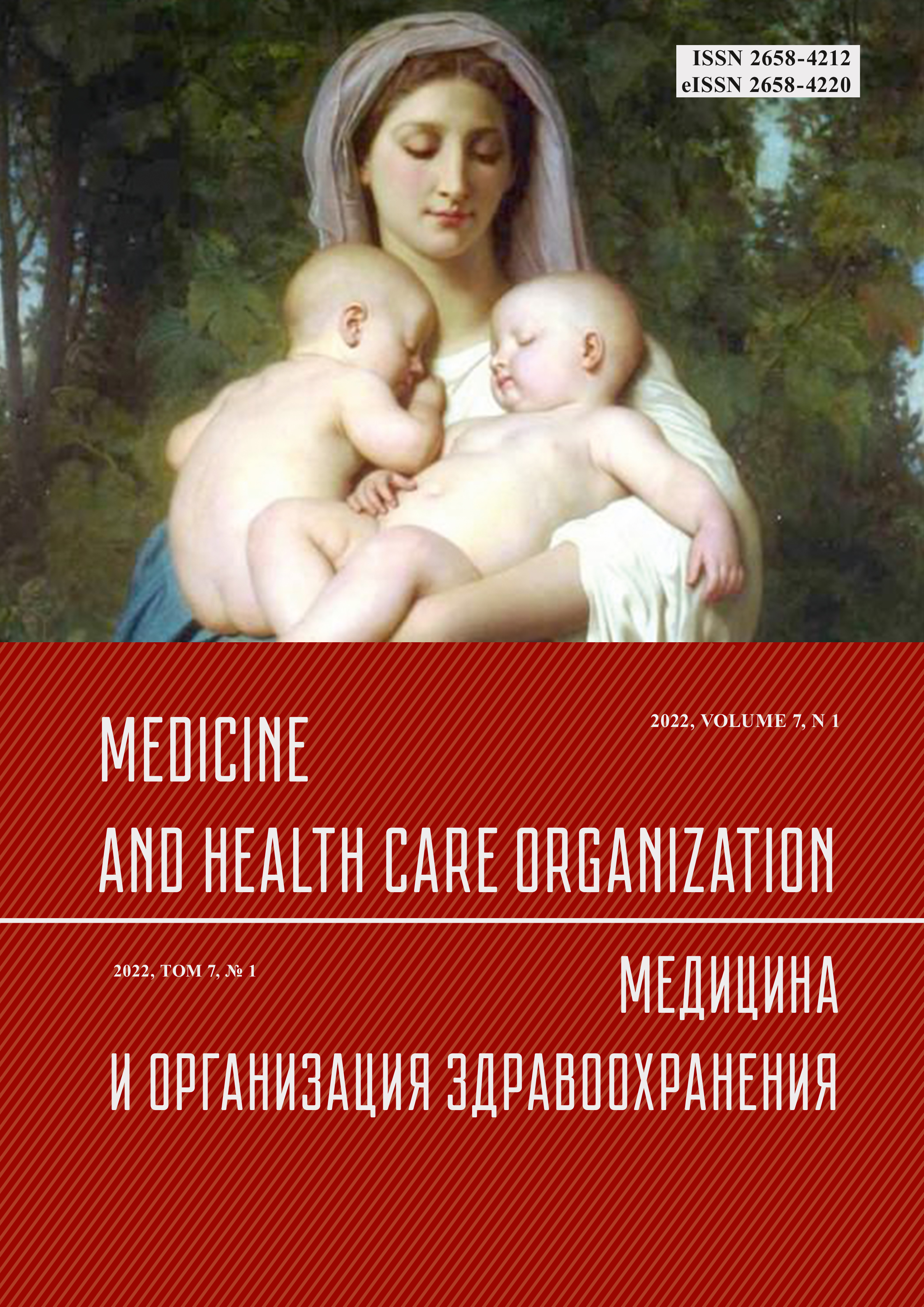ANALYSIS OF FACTORS OF EMOTIONAL BURNOUT IN ONCOLOGISTS ON THE BACKGROUND OF THE NEW CORONAVIRUS PANDEMIC COVID-19 (LITERATURE REVIEW)
Abstract
Burnout syndrome among oncologists is a serious problem, as it is not only followed by destruction of the personality of high -class specialists, but also negatively affects the quality of medical care for patients with oncological diseases, which occupy a leading place in the structure of total mortality of population. Foreign studies show an increase in the frequency and severity of burnout symptoms among oncologists against the backdrop of the novel coronavirus nCOVID-19 pandemic, while at the same time, this problem has not been given due attention in the Russian Federation. The purpose of this article is both to inform the medical community about the prevalence of psychological problems among oncology specialists and to analyze the main factors of emotional burnout. Among the factors of the appearance of syndrome of emotional burnout, it is customary to distinguish internal (personal) and external (organizational) factors. In their work, oncologists are exposed to a combination of negative factors: the presence of a psychologically complex contingent, the constant encounter with death and psychological involvement, the problems of palliative care. Additional factors driven by the nCOVID-19 pandemic include: unfavorable working conditions (wearing PPE, fear of infection, lack of tests, etc.); reduction in the availability of oncological care (minimizing the length of stay in the hospital, re -profiling of medical institutions, postponing planned surgical treatment, etc.); a more severe course of coronavirus infection in cancer patients and an increase in mortality among them; the concentration of the information agenda around nCOVID-19 and the “going into the shadows” of the oncological service; fragmentation of the medical community. The study of emotional burnout among Russian oncologists during the pandemic is of interest to psychologists and psychiatrists and will allow using the data obtained in the development of appropriate prevention and treatment measures.



